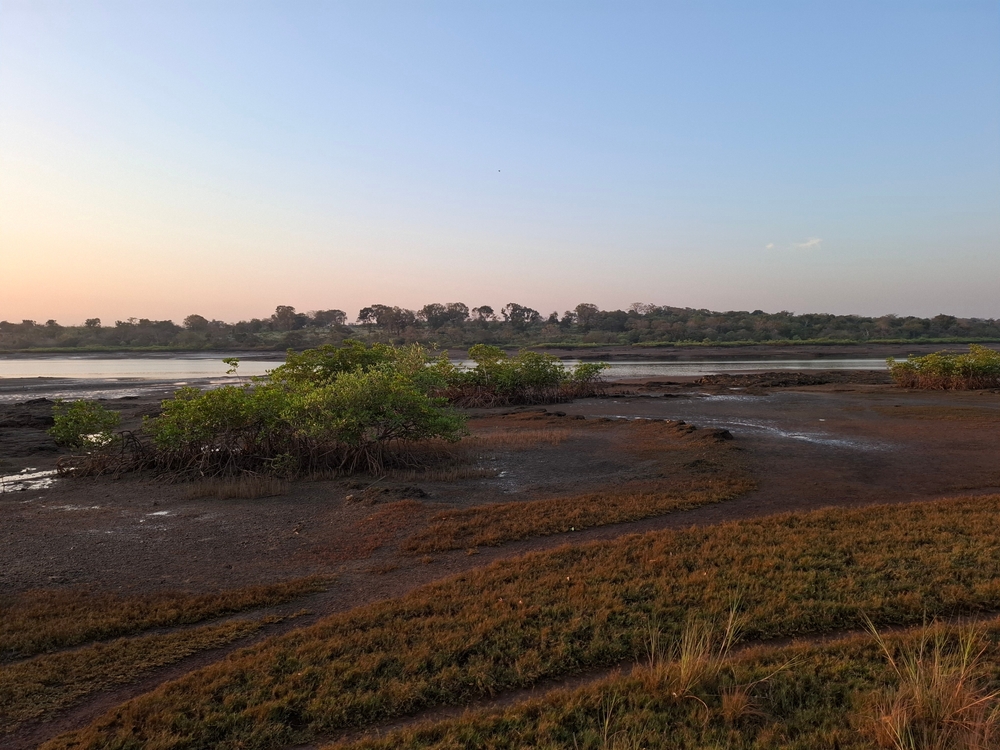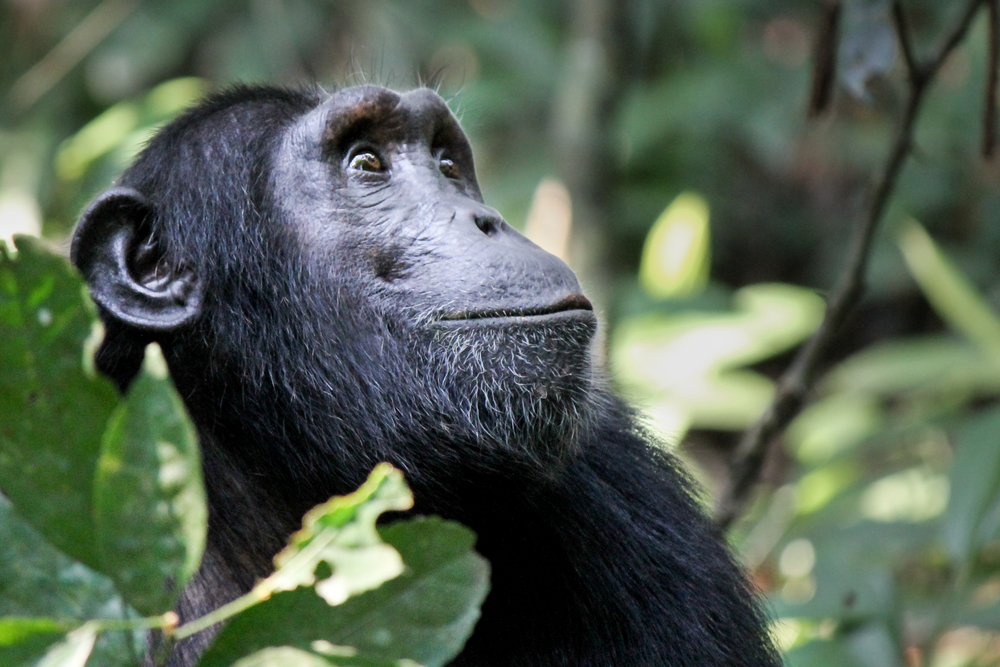Cufada Lagoon Overview
Cufada Lagoon National Park, locally known as “Parque Nacional de Cufada”, is one of Guinea-Bissau’s most significant conservation areas, located in the southwestern region of the country. Established in 2000, the park spans approximately 890 square kilometers (344 square miles) and is a vital sanctuary for biodiversity and natural resources. Known for its rich wetlands, diverse wildlife, and cultural importance, Cufada Lagoon National Park plays a crucial role in preserving Guinea-Bissau’s ecological heritage.
The park’s terrain is characterized by a diverse mix of wetlands, forests, savannas, and mangroves, creating a complex mosaic of habitats. At its heart are the Cufada lagoons, which include Lagoa de Cufada, Lagoa de Bedasse, and Lagoa de Gandembel. These freshwater lagoons are among the largest in West Africa and provide essential habitats for aquatic and terrestrial species. Surrounding the wetlands are dense forests of tall trees, open grasslands, and coastal ecosystems that connect the park to the Atlantic Ocean.
Cufada National Park is home to an impressive variety of wildlife. Its wetlands are a haven for aquatic species, including Nile crocodiles, hippos, and an array of fish. Birdlife is abundant, with over 230 species recorded, including pelicans, herons, and African fish eagles. The park also supports populations of West African manatees, African buffaloes, leopards, and primates such as colobus monkeys and chimpanzees. The diverse ecosystems attract both resident and migratory species, making the park a critical biodiversity hotspot.
Visitors to Cufada Lagoon National Park can experience its natural wonders through guided eco-tours and birdwatching expeditions. Exploring the lagoons by canoe offers a unique perspective on the park’s wetlands and their inhabitants. Forest walks and wildlife tracking provide opportunities to observe the park’s terrestrial species and its lush vegetation. Cultural interactions with nearby communities allow visitors to learn about traditional practices and the sustainable use of natural resources.
Despite its ecological richness, Cufada Lagoon National Park faces significant challenges. Habitat loss due to agricultural expansion, illegal hunting, and deforestation threaten its ecosystems. Climate change and water pollution also impact the health of its wetlands. Conservation efforts, led by Guinea-Bissau’s Institute for Biodiversity and Protected Areas (IBAP), focus on habitat restoration, anti-poaching measures, and community engagement programs. International partnerships support research, monitoring, and sustainable tourism initiatives to ensure the park’s long-term protection.
Cufada National Park is a testament to the natural beauty and ecological importance of Guinea-Bissau. Its wetlands, forests, and wildlife offer unparalleled opportunities for eco-tourism and conservation education. Protecting this park is essential for safeguarding the biodiversity and cultural heritage of the region, ensuring its survival for generations to come.













































































